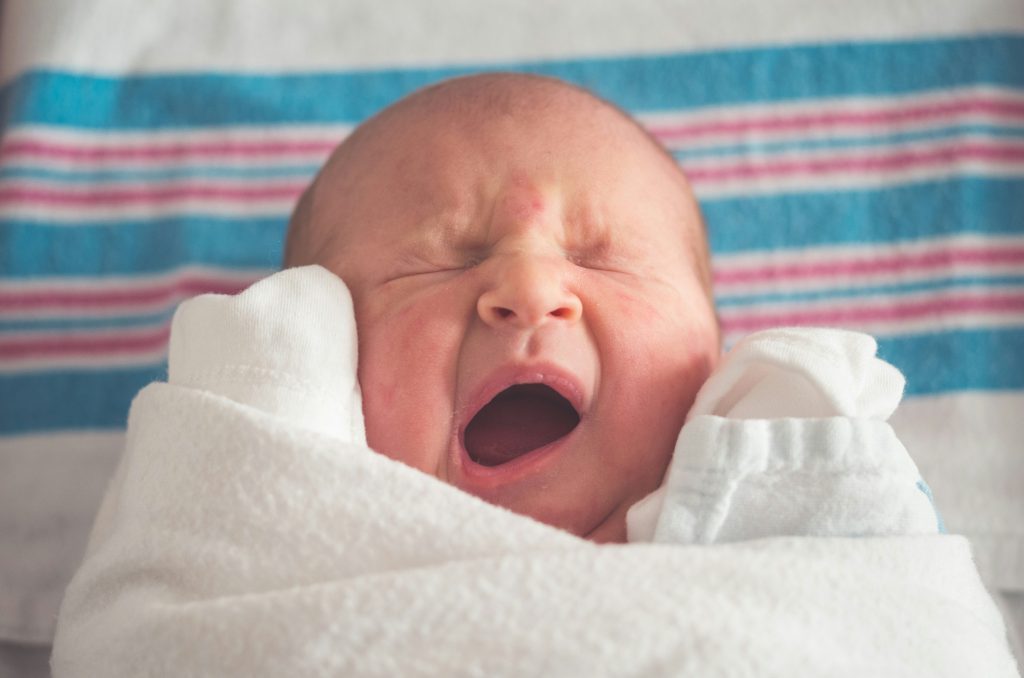August the 6th, 2024 – It’s no secret that Croatia is suffering demographically. The Croatian birth rate has continued to fall quite dramatically. A look at the worst affected parts of the country.
As Index/Branimir Perkovic writes, as Croatia continues to face one of the worst fire seasons in history, a far greater tragedy is taking place in silence. Its negative consequences aren’t immediately noticeable, but in the future the destructiveness of this problem for security, the economy, the labour market, the pension and healthcare system will be enormous.
Demographic decline is not only an abstract fact, but a path to a sure deterioration of all aspects of life. Last year, the Croatian birth rate continued to drop drastically, and in the vast majority of cities and municipalities, the number of deaths exceeds the number of births, sometimes by several times.
In some municipalities, the number of deaths is several times greater than the number of births
Out of a total of 556 cities and municipalities in Croatia (including Zagreb), only 43 recorded a higher number of births than the number of deaths in 2023. In as many as 39 percent of them, twice as many deaths were recorded as births. In some, the number of deaths was five times, six times and even several more times higher than the number of births.
Larger towns with natural growth were rare in 2023, and none of the county centres recorded more births than deaths. Čakovec came closest to that with 92.5 births per 100 deaths and Zadar with 79 births per 100 deaths.
In some municipalities, the situation with the dropping Croatian birth rate is so dramatic that for every child born, between 7 and 10 people die. Unešić, Žumberak, Trpanj, Majur and Grožnjan have the worst ratio of births to deaths, with less than one birth per 10 deaths. In total, 218 cities and municipalities had twice to several times more deaths than births.
positive stories regarding the croatian birth rate are rarer and rarer
There are of course some positive examples, but they’re few and far between. The best demographic results in 2023 were achieved by Zadvarje (where there twice as many births as deaths), Pojezerje, Sveti Petar u Šumi, Voćin, Pribislavec, and Substrana.
Of the cities, only four registered more births than deaths. These are Imotski, Solin, Metković and Sinj. Zagreb had 77.5 births per 100 deaths, Split 62.7 births per 100 deaths, Osijek 63.6 births per 100 deaths, Dubrovnik 77 births per 100 deaths, Pula 50 births per 100 deaths, and Rijeka only 37.3 births per 100 deaths.
croatia’s more pressing demographic issues began in the 1960s
Croatia’s demographic decline has been going on for decades. At the end of the 1960s, the fertility rate (the number of births per woman) fell below 2.1, which is necessary for the self-maintenance of the population. The experience of practically all countries shows that there’s no turning back when the fertility rate falls below 2.1. The onset of population decline, without immigration, then becomes only a matter of time.
The number of births per 1,000 inhabitants then fell to 15, then in the 1990s to 10 (except for the short-lived baby boom in 1996 and 1997), and from the beginning of the 21st century – all the way down to 9. Although the Croatian birth rate has been dropping for decades, the situation has particularly worsened from the beginning of 2022.
While from January 2011 to December 2021 there were an average of 3,530 births per month, from January 2022 onwards, the monthly Croatian birth rate dropped to an average of 2,717. Croatia’s demographic decline therefore greatly accelerated in 2022, 2023 and the first half of this year, even though Croatia is experiencing population growth due to immigration. The number of deaths has been in a slight decline over more recent years, but due to the sharp decline in the number of births, the natural population increase is increasingly negative.
Croatia will not be able to compete with developed EU countries
Croatia is approaching the level of EU development by growing from 63 percent of the EU average in terms of GDP per capita just a few years ago to 78 percent last year. It is this very severe demographic decline that could prevent this “great march” towards the EU average.
In order to reach it (for example, neighbouring Slovenia is at 87 percent), it is necessary to create an industry with high added value. It requires a highly skilled and educated workforce. Even if Croatia could start creating a lot of highly educated people, there wouldn’t be enough of them due to the demographic decline. Each new generation will be smaller and smaller, and thus the labour force “pool” will be smaller and smaller, and so will the number of highly educated people.
In this process, Croatia will simply not be able to compete with the developed countries of Western Europe, which can offer a much higher salary to the highly educated. Immigration will not be an option for reaching the EU average, but only for maintaining the acquired level of development. Tourism in itself is not an industry with high added value and Croatia will not be able to get closer to the EU average based solely on it.
A vicious circle of demographic disaster
The rising costs of the healthcare and pension systems, which will arise due to the ageing of the population and the increasing percentage of the population who are retired, will be sustained by the immigration of unskilled and semi-skilled labour from poor countries.
It will be necessary to maintain such a system, with high social allocations from the state (pension and healthcare), along with demographic decline and a decrease in the number of younger workers. Unfortunately, the experiences of other countries have shown that reversing negative demographic trends is not only very difficult but also extremely expensive.
With the rising costs of the healthcare and pension systems, there simply won’t be enough financial resources for pre-natal programmes (the construction of kindergartens, maternity benefits, maternity and paternity leave for new mothers and fathers…), thus closing the circle of Croatia’s final demographic death.











